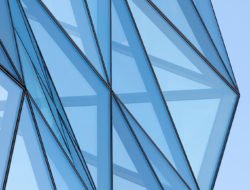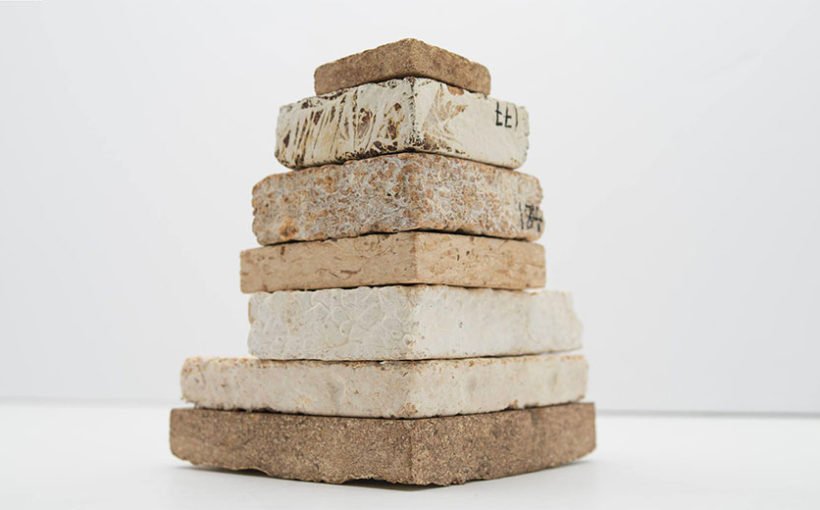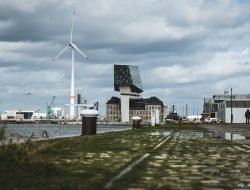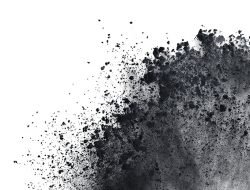Everybody knows that in the Smurf village housing are mushroom huts. In real life this is not the case, even though building professionals are studying how these plants could be used in concrete!
It is generally accepted that construction and housing account for about 39% of humanity’s carbon footprint. In addition, the construction sector generates large volumes of scrap. In Britain, the construction industry uses around 400,000 tonnes of materials each year, a quarter of which – 100 million tonnes – will sooner or later end up in waste.
Concrete (and especially the cement in its composition) is responsible for 8% of carbon emissions attributable to our modern world. Worldwide aviation, for instance, represents only 2%. This explains why professionals and researchers are looking into solutions that would allow to reduce the ecological footprint of cement.
This is where mushrooms come in. Or more precisely one of their derivatives, the mycelium composite. Mycelium is a residual product of the culture of mushrooms (oyster mushrooms, to be precise). This agricultural product is a natural binder, a kind of super strong self-assembling glue.
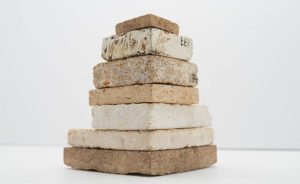
Mycelium bricks made by the American company Mycoworks. ©Mycoworks.
Growing houses
Research at several universities and laboratories reveals the enormous potential in the field of construction. Currently, mycelium is already used for making insulation panels and environmentally friendly bricks. But tomorrow, it could well be used in concrete. We could therefore “grow buildings” from agricultural residues, which are low-cost, sustainable and biodegradable materials. Mycelium composite is both light and strong, and traps air, which gives it excellent properties for construction or insulation. It also has excellent thermal properties and is fire-resistant.
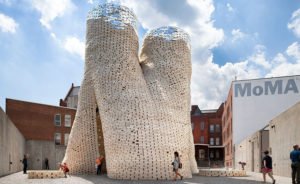
The Mushroom Tower built in the courtyard of the MoMA PS1 in New York, the first fully organic tower. ©The Living.
Exciting opportunities
In recent years mushrooms have already been used in the construction of buildings. In New York, in the courtyard of a museum, the MoMA PS1, the architectural firm The Living built The Mushroom Tower, the first building entirely erected with mycelium bricks from mushroom farms.
Other sectors are also interested in mycelium: tests have been carried out in the field of sound insulation and packaging materials for construction. Better still: even NASA is interested in this derivative of the fungus, and plans to use it to build future homes…on Mars!
Tags: Moma PS1, mushroom, Mushroom tower, mycelium composite, Nasa, sustainable construction, The Living

































